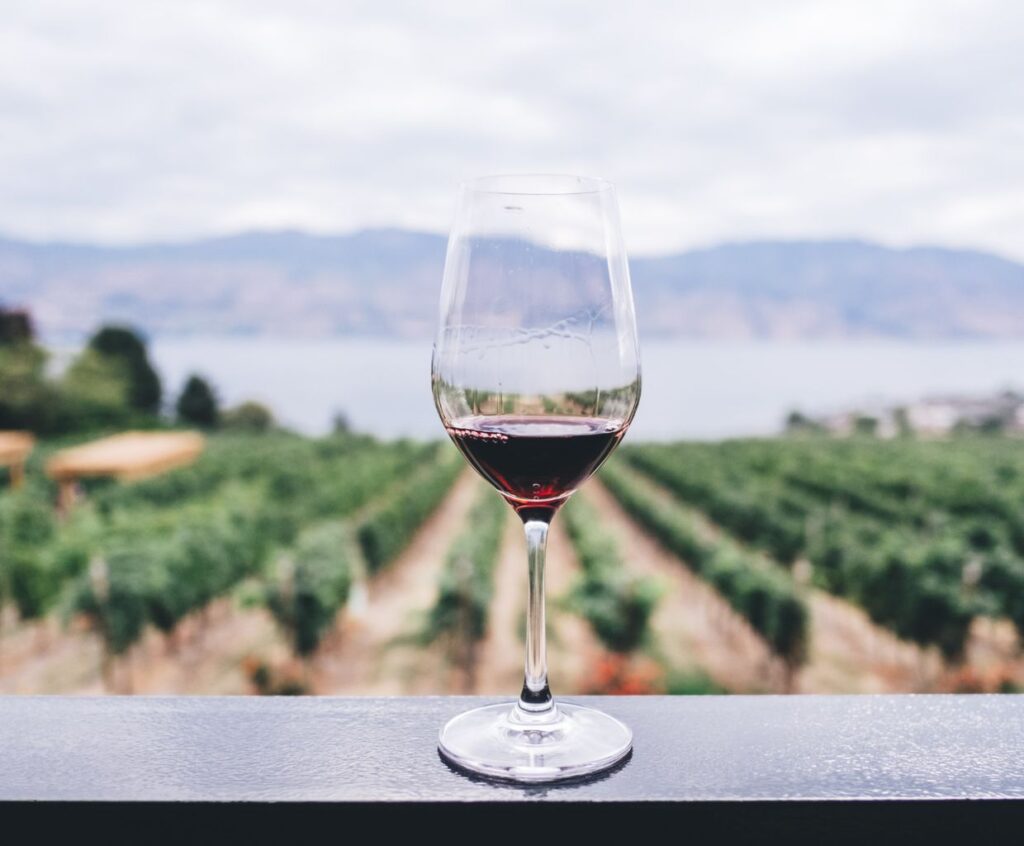Which Wine Has the Most Resveratrol?
Resveratrol is a natural compound in various plants, including grapes, berries, and peanuts. It has gained significant attention recently due to its potential health benefits, particularly its antioxidant and anti-inflammatory properties. One of the primary sources of resveratrol in our diet is wine, with red wine being the most commonly associated with this compound.
While it is widely known that red wine contains resveratrol, it is essential to understand that not all wines are created equal regarding their content. The concentration of resveratrol can vary depending on factors such as grape variety, growing conditions, fermentation processes, and aging techniques.
Red Wine Varieties Rich in Resveratrol
Regarding red wines, some varieties tend to have higher levels of resveratrol than others. Here are a few examples:
Pinot Noir
Pinot Noir grapes are known for their high resveratrol content. This variety is typically grown in cooler regions like Burgundy, France, and Oregon, USA. Pinot Noir wines are revered for their delicate flavors and aromas, making them popular for wine enthusiasts.
Merlot
Merlot is another red wine variety that contains significant amounts of resveratrol. It is often associated with flavors of blackberries, plums, and cherries. Merlot grapes thrive in various regions worldwide, including Bordeaux, France, and California, USA.
Cabernet Sauvignon
Cabernet Sauvignon, known for its bold and robust character, is another red wine variety that can provide a good dose of resveratrol. This grape variety is common in Bordeaux, California, and Australia.
Other Sources of Resveratrol
While red wine is a popular source of resveratrol, it is worth noting that there are alternative sources as well:
-
- Dark-colored berries such as blueberries and cranberries
-
- Grapes and grape products like grape juice and raisins
-
- Peanuts and peanut butter
-
- Dark chocolate
How does the resveratrol content vary among different types of wines?
The resveratrol content can vary among different types of wines depending on several factors, such as grape variety, fermentation process, aging methods, and production techniques. Red wines generally have higher levels of resveratrol compared to white wines. This is because the grape skins, which contain the highest concentration of resveratrol, are in contact with the grape juice for more periods during the fermentation process of red wines.
Additionally, the resveratrol content may also vary among different red wine varieties. For example, wines from grapes such as Pinot Noir, Cabernet Sauvignon, and Merlot tend to have higher levels of resveratrol than those from grapes like Syrah or Zinfandel.
It is important to note that the resveratrol content in wines can also be influenced by factors such as the region where the grapes are grown, the climate, and the age of the vines. Therefore, the specific resveratrol content can vary significantly among different types and brands of wines.
Does the aging process of wine affect its resveratrol content?
Yes, the aging process of wine can affect its resveratrol content. Resveratrol is a natural compound in grapes known for its potential health benefits. During the aging process, the resveratrol content in wine can gradually decrease.
Factors such as exposure to oxygen, temperature, and storage conditions can all influence the stability and degradation of resveratrol in wine over time. Therefore, older wines may have lower resveratrol levels than younger wines.
However, it is essential to note that the resveratrol content in wine varies greatly depending on the grape variety, winemaking techniques, and other factors, making it difficult to determine exact levels in aged wines.
Can the resveratrol content in wine be influenced by winemaking techniques or vineyard practices?
Yes, winemaking techniques and vineyard practices can influence the resveratrol content in wine. Resveratrol is a natural compound found in grape skins, and its content can vary depending on factors such as grape variety, growing conditions, and winemaking methods.
Vineyard practices such as using organic or biodynamic farming methods, low yields, and careful canopy management can potentially increase the resveratrol levels in grapes. These practices focus on maintaining the vine’s health and promoting the development of beneficial compounds like resveratrol.
Winemaking techniques also play a role in the resveratrol content of wine. The time the grape skins are in contact with the juice during fermentation, temperature control, and the use of specific enzymes or yeast strains can affect the extraction of resveratrol from the skins. Additionally, the type of oak barrels used for aging, if any, can contribute to the resveratrol levels.
It’s important to note that while red wine generally has higher resveratrol levels than white wine, the actual amount can still vary significantly depending on these winemaking and vineyard practices.
Are there any regional differences in resveratrol levels in wines?
Yes, there are regional differences in resveratrol levels in wines. Generally, red wines have higher resveratrol levels than white wines because red wines are fermented with grape skins, which contain more resveratrol. Additionally, wines from cooler climates tend to have higher resveratrol levels because the grapes are exposed to more sunlight, stimulating resveratrol production.
Which Wine Has the Most Resveratrol – Conclusion
While red wine, particularly Pinot Noir, Merlot, and Cabernet Sauvignon, is known to contain higher levels of resveratrol, it is essential to consume it in moderation.
Resveratrol’s potential health benefits are still being studied, and excessive alcohol consumption can adversely affect health. As with any dietary consideration, consulting with a healthcare professional is always advisable.




